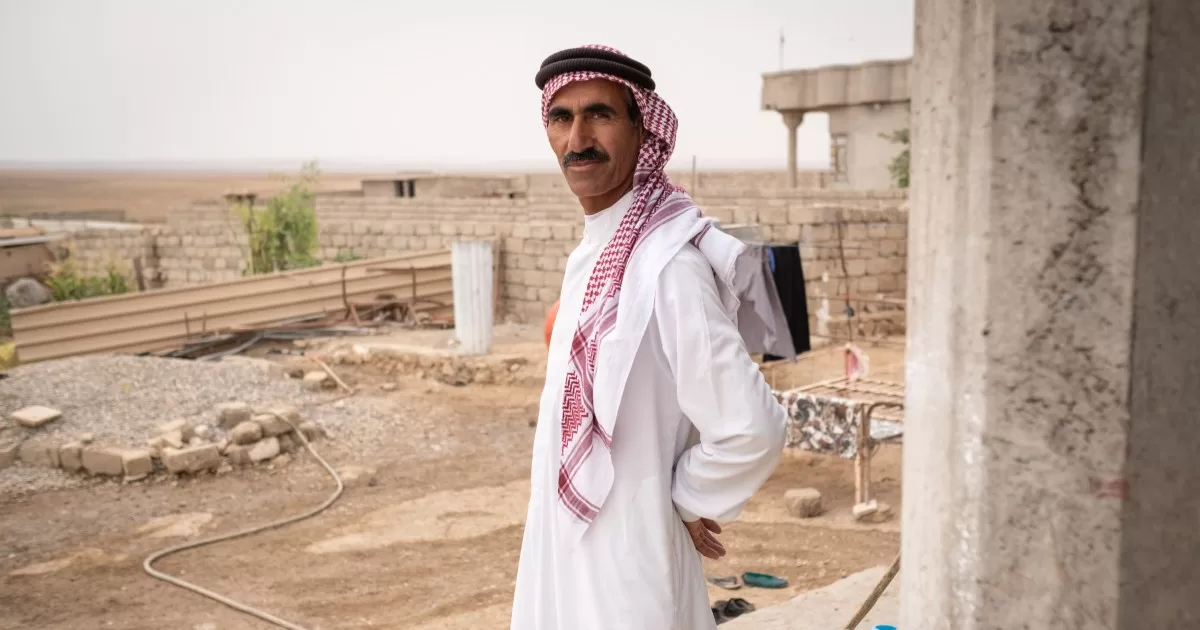More than five years after the defeat of ISIL (ISIS) and decades of conflict, Iraq remains scarred by war.
A journey through the country is punctuated with checkpoints, with armed soldiers standing watch at every crossroads.
In Mosul, the country’s second city and former capital for the ISIL group, children play in the streets, men share tea and the shops are open.
In the still-destroyed old town, some ruined buildings bear the inscription “EV” followed by a number, while small red and white flags surround others.
They are suspected of containing remnants of war explosives. These are not conventional anti-personnel mines, but unexploded ordnance, mainly homemade mines ISIL used frequently.
In a spirit of revenge after its defeat, ISIL left behind a large quantity of improvised explosive devices (IEDs), even booby-trapping stuffed toys or fridge doors.
In the province of Nineveh, the bright little flags are everywhere along the roadside.
“This whole area was occupied by ISIL,” explains Hanin Mikdad, who supervises explosive ordnance risk education in Nineveh with Humanity & Inclusion, formerly Handicap International.
In Nineveh as in Mosul, ISIL had its experts manufacture a huge number of IEDs.
The handmade devices were fairly simple and easy to place around villages to prevent the inhabitants from fleeing the areas they occupied.
They also used these homemade mines to create a line of defence against the Iraqi forces.
According to Humanity & Inclusion – 8.5 million Iraqis live in an area contaminated by explosive remnants.
